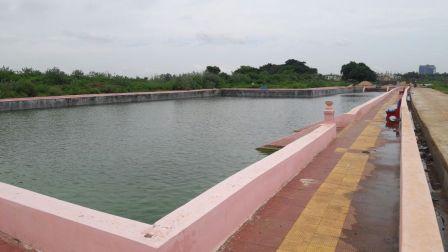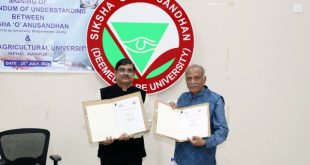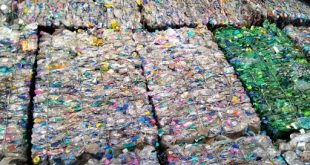Bhubaneswar: Bhubaneswar Municipal Corporation (BMC), which has taken up renovation work of 14 water bodies last year, has so far finished work with eight across the city.
The work over the eight ponds will cost Rs 210.23 lakhs to the Civic body.
The completed water bodies include Nilakantha Puskarini Patia in Ward No. 3, Masjid Pond Haridaspur under Ward No. 4, Sadhu Pond near Jaipur, Pahala under Ward No. 4, Maa Ugalamani Pond under Ward No. 5, Gadakana Pokhari in Ward No. 9, Bhotapada Pond in Ward No. 10, Balunkeswar Pond in Ward No. 37 and Jena Sahi Pokhari in Ward No. 32.
All these ponds/water bodies would be developed with retaining wall along the waterfront, pathways or parikrama, landscaping, the water outlet for efficient drainage of excess water and railing or fencing as per requirement and budget and local need.
Work over the rest six water bodies would be over by April last. The work over the remaining water bodies would include Fishery Pond Laxmisagar in Ward No. 43, Kapileswar Pond in Ward No. 59, Jhara Pokhari in Jagamara under Ward No. 63, Baghua Pokhari in Jadupur under Ward No. 64, Badapokhari in Begunia under Ward No. 64 and Haja Pokhari Sundarpada under Ward No. 67.
The money is being funded by Odisha Urban Infrastructure Development Fund (OUIDF) as the renovation of urban water bodies has become a necessity with the water bodies helping their surroundings to have the cooler environment and better livable space around.
A senior engineer of BMC, in-charge of the renovation work of water bodies, said that apart from the development work, de-silting of the pond was also carried out to ensure better depth or water level in the ponds.
It can be noted here that with a porous lateritic soil around the State Capital was having several water bodies since ages and from 6th Century AD when the temples come into existence dotting its skyline, water bodies proliferated more as almost all religious place was associated with a water body, making the environment cooler and beautiful especially during the evening times.
Even till the early Eighties, the cool breeze during the evening hours in Bhubaneswar was a huge attraction for the citizens. However, with rapid urbanisation and growth of the concrete structures, the city is reportedly having fewer water bodies.
Thus the initiative of BMC to revive the water bodies would go a long way to retain the natural characteristics of the microclimate of the region, which is mainly fed by streams from the nearby Chandaka Forests.
 Update Odisha-Odisha News I Latest News Get latest news on Odisha, Govt. Jobs, OSSC, OPSC, Entertainment, Crime, Sports, and Education
Update Odisha-Odisha News I Latest News Get latest news on Odisha, Govt. Jobs, OSSC, OPSC, Entertainment, Crime, Sports, and Education



